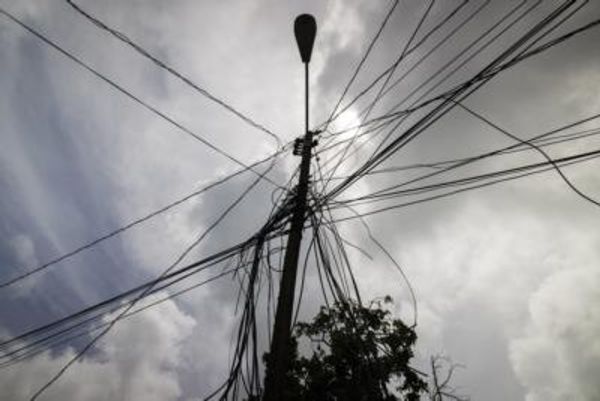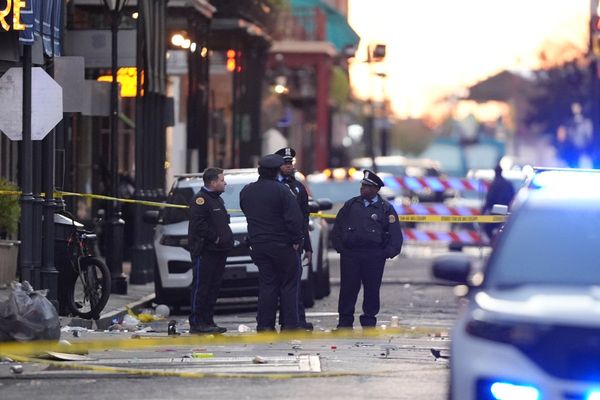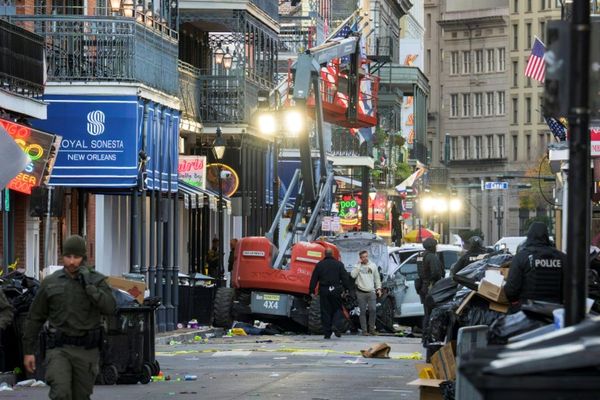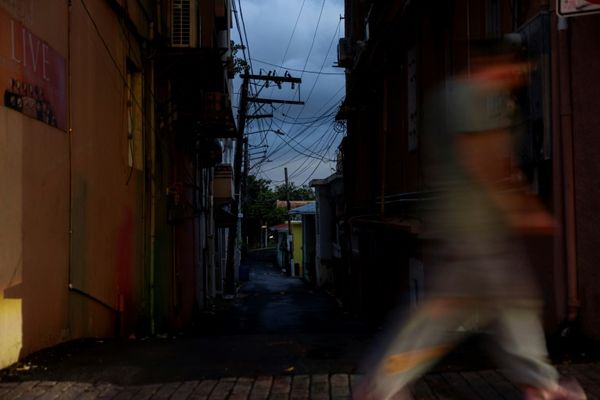
Victoria’s opposition has pledged to shelve the $34.5bn first stage of Suburban Rail Loop, described as the biggest transport project in the state’s history, if elected in November and reinvest allocated funds into the health system.
The Coalition leader, Matthew Guy, made the announcement he would halt work on the first 26km of the project 101 days before voters go to the polls, setting the stage for another election turned referendum on infrastructure.
“This November, Victorians face a clear choice. A choice between immediately rebuilding Victoria’s broken health system, or a train line in 13 years’ time,” he said in a statement.
“As premier, my first priority will be to fix the health crisis.
“Our plan is about returning confidence for Victorians. Confidence that an ambulance will arrive, an emergency call will be answered and critical healthcare will be available when needed.”
SRL East is the first stage of the 90km underground railway line, and will run between Cheltenham and Box Hill.
Construction began in June and is due to be completed by 2035 at a cost of $34.5bn. The state government’s contribution to stage one is about $11.8bn, with the rest coming from federal government and private sector.
Guy told reporters he would not be tearing up $2.2bn worth of early works contracts already signed on the project, meaning the savings to the budget created by shelving the project will be about $9.6bn.
The government has already committed $12bn over four years to improving the state’s health system, including $2.9bn worth of new infrastructure and $1.5bn to help reduce the elective surgery waiting list, which is approaching 90,000 patients.
Guy said “every cent” saved from halting the loop would go into health, including the building of five new major hospitals and upgrades to four others.
The minister responsible for the Suburban Rail Loop, deputy premier Jacinta Allan, said the Coalition’s announcement would mean the loss of “thousands and thousands of jobs”.
“We’ve spent the last four years working hard to deliver on the commitment we made to the Victorian community and that Victorians voted for,” she said.
The Andrews government announced the project just months out from the 2018 state election, and went on to win in a landslide, with an above-average swing to Labor in electorates set to benefit from the loop.
The 2014 election was also centred around infrastructure policy, dubbed a “referendum on the East West Link” by then prime minister Tony Abbott.
Guy described the suburban rail loop project as the “most expensive, yet least scrutinised project in Australia’s history”, noting Infrastructure Australia – the advisory body which helps the federal government decide how best to use taxpayer money – is yet to assess it.
Michael Buxton, an emeritus professor of Environment and Planning at RMIT, said the project was conceived in secret without the involvement from cabinet, the head of the Transport Department, experts or the community.
“If you design a project in that way almost certainly you’re going to come up with a faulty project,” Buxton said.
He estimates the entire Suburban Rail Loop will cost more than $200bn to complete.
Buxton said a Rail Futures Institute plan, which consists of both heavy and light rail across the city and western suburbs and is estimated to cost $31bn, was a better model.
Marion Terrill, the transport and cities program director at the Grattan Institute, also welcomed a rethink of the project, which she says was “presented as a fait accompli in 2018”.
“Since then we’ve endured Covid-19, population growth has slowed right down, there’s a mountain of debt and we simply don’t know which of our new patterns of work and travel will become permanent,” Terrill said.
Daniel Bowen from the Public Transport Users Association said he was surprised by the Coalition’s announcement, given the electoral support for the project.
“It would be a shame to see work on the Suburban Rail Loop pause, because we know it will have huge benefits when it does eventually open,” he said, noting delays would be costly.







